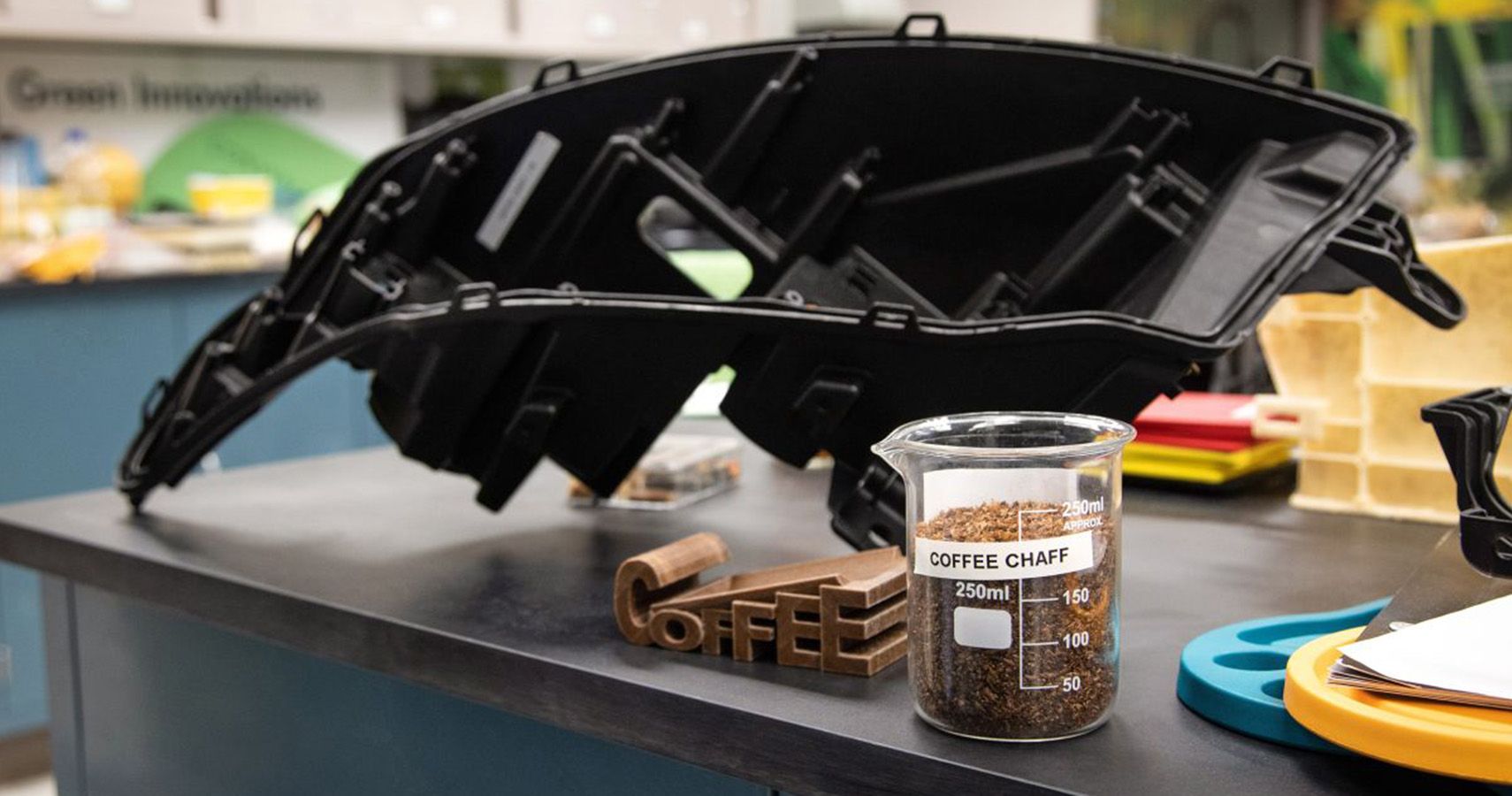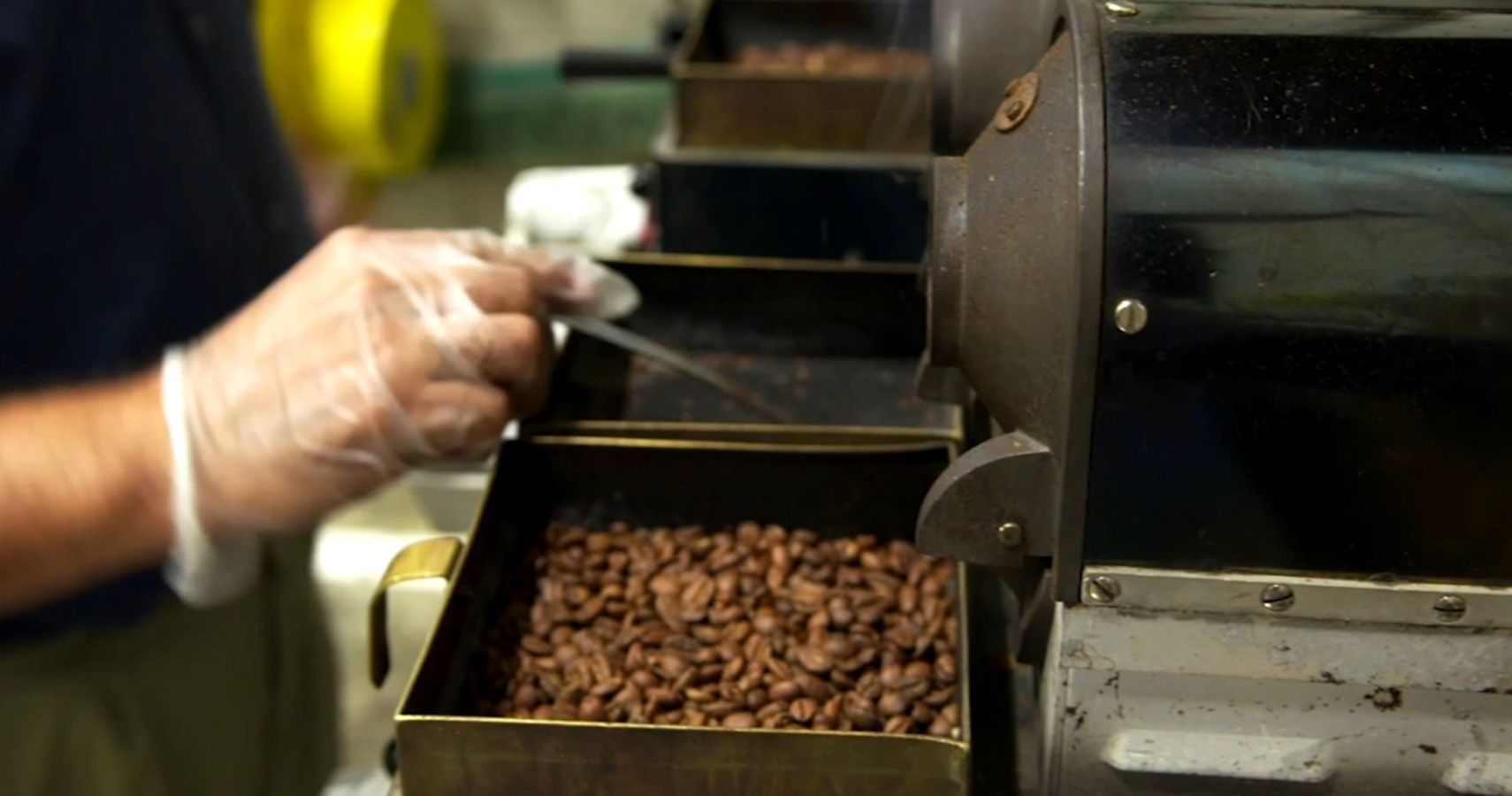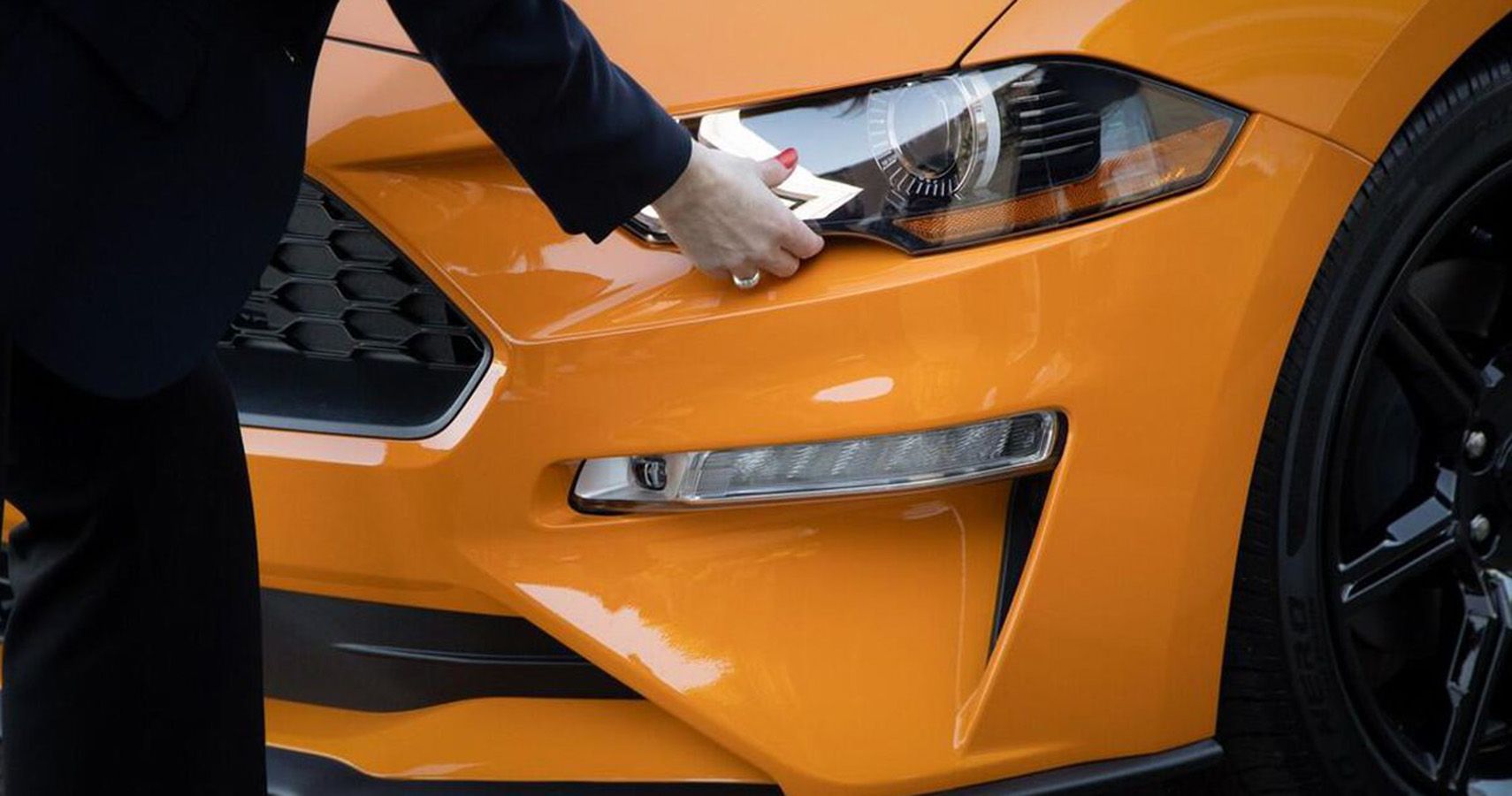Going forward, Ford will be using coffee chaff -- the skin off the coffee bean, which comes off during roasting -- in the production of their plastic headlamp housings. And in a sign of good ole' American collaboration, the Michigan automaker has asked McDonald’s to connect it with suppliers as the Golden Arches doesn’t roast its own beans.
3 What Did Ford Do Before?
In the past, Ford has used plastic and talc to make the headlamp housings for their vehicles, explains CNN's Debbie Miewelski, senior technical leader of materials sustainability for Ford. Unfortunately, talc, which is a mineral, isn’t renewable, making the process tough on the environment, and not consistent with the company’s goal to make their products more sustainable.
2 Why Coffee Chaff?
The coffee version of the housings is more sustainable because it’s lighter and is widely available, according to Miewelski. Most coffee chaff currently goes to waste, and Ford hopes to incorporate it more into their car parts in the near future. The company has been working with chaff for a few years now, but it’s been experimenting with organic materials for over a decade. Ford already uses soy-based foam in its cushions, as well as waste from wheat, coconut, tomato and other plants in its cars to help meet some of its sustainability goals.
1 Why McDonalds?
While the relationship between Ford and McDonalds might seem like a bit of a leap at first, both companies are highly invested in their sustainability initiatives. Recently, McDonalds achieved its goal of sourcing all if of its U.S. coffee sustainably, while also working to create more environmentally friendly cups. The collaboration with Ford allows the automaker to make more sustainable vehicles, while the fast food establishment can make its coffee greener.
Sources: CNN



